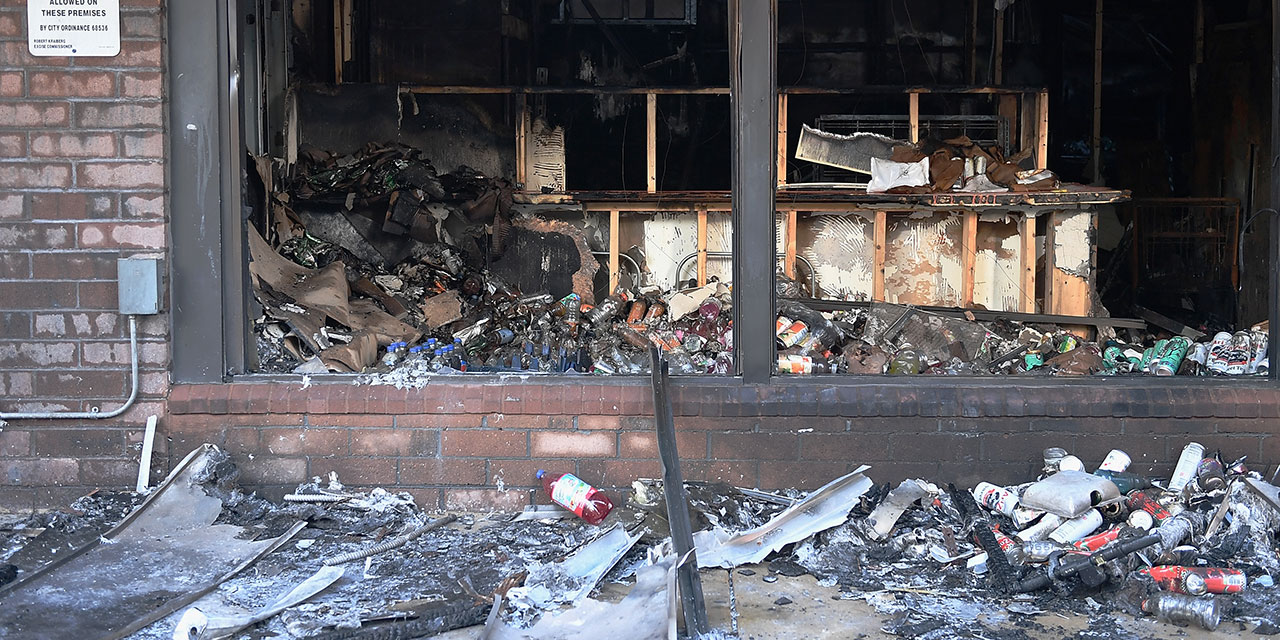
The homicide spike that began in 2020 and plateaued in 2021 appears finally to be behind us, after several years of slow decline. Nationwide, according to provisional data from the Centers for Disease Control, monthly homicide totals ran only a little higher in mid-2024 than they did in mid-2018 and mid-2019. This year, the available data suggest that cities are enjoying a remarkable further decline in violence.
In a new issue brief for the Manhattan Institute, I chronicle the rise and fall of homicide in 78 of the nation’s biggest cities, using numbers from sources including the Real-Time Crime Index and the FBI. I combine the data into three periods—the Baseline (2018–19), the Spike (2020–21), and the Recovery (2022–23)—smoothing out random fluctuations and giving a bird’s-eye view of the situation. The brief gives readers a sense of how cities fared through these three crucial periods and identifies correlations that might help make sense of the trends.
The biggest takeaway: when homicide rises, it takes its steepest toll on those already most at risk.
Finally, a reason to check your email.
Sign up for our free newsletter today.
I’ve previously noted, for example, that per-capita homicides increased far more for black Americans than for whites, widening an already large gap. The same is true at the city level: measured in per-capita terms, cities with existing homicide problems tended to see the biggest increase. St. Louis, Memphis, and Milwaukee, for instance, saw their murder rates rise by about 15 per 100,000 between the Baseline and Spike periods—about double the total murder rate for the nation as a whole during the spike. Cleveland and New Orleans saw even larger jumps.
It’s also helpful, however, to look at proportional increases in murders, i.e., how much each city’s rate increased as a percentage of its starting value. This approach highlights a different set of cities, such as Minneapolis and Portland, which saw their previous rates more than double. Minneapolis, of course, was Ground Zero for the racial reckoning of 2020, while Portland redirected police funding, disbanded a gun-violence reduction unit, and suffered a severe police-staffing crisis.
Other cities were less affected. Interestingly, two cities that saw homicides decline, Anchorage and Honolulu, are both outside the continental U.S. Meantime, some cities, like St. Louis, Miami, and Buffalo, recovered to their previous murder rates (or nearly so) in the 2022–23 period after experiencing spikes.
Do these patterns correlate with other key variables? Given the racial incident at the heart of 2020, one might expect race to play a major role. Places with higher shares of black residents, which tended to have higher murder rates to begin with, did have greater per-capita increases during the Spike period—but they didn’t have measurably higher proportional increases. Once again, cities with preexisting vulnerabilities paid the highest price, but cities throughout the country, regardless of demographics, saw their murder rates go up.
Policing is also tied into these trends. Places with bigger proportional homicide spikes saw greater declines in police staffing. We know from previous research and reporting that the causal arrow between these factors runs in both directions: policing levels affect crime, and demoralized cops left many violent cities after the summer of 2020.
At the same time, cities that experienced the largest drop in the unemployment rate during the Recovery period also tended to see better homicide trends. However, this correlation is only marginally statistically significant, and surprisingly, a similar relationship is not measurable between the Baseline and Spike periods.
A key lesson here is that, when homicide begins to rise, policymakers should focus efforts on places that already have the highest levels of violence, paying special attention to policing and perhaps also employment trends.
As we enjoy the current period of falling murder rates, we should continue to study the dynamics of the 2020–23 homicide surge, lest history repeat itself.
Photo by Michael B. Thomas/Getty Images
City Journal is a publication of the Manhattan Institute for Policy Research (MI), a leading free-market think tank. Are you interested in supporting the magazine? As a 501(c)(3) nonprofit, donations in support of MI and City Journal are fully tax-deductible as provided by law (EIN #13-2912529).
Source link
















